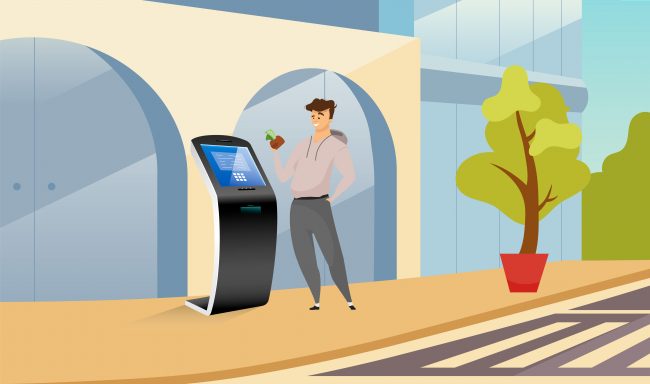 Credit/AdobeStock
Credit/AdobeStock
As we begin a new year, the financial services landscape remains fraught with change. Member preferences continue to shift and credit unions face lingering economic pressures that make creating efficiencies and streamlining processes a top priority. Such factors, which create both challenges and opportunities for credit unions, have helped shape the following trends to watch in 2024.
1. Self-service banking strategies are prioritized.
Recommended For You
The way members want to engage with all types of service providers has evolved, and credit unions are no exception. The widespread shift toward self-service has caused a reevaluation of technology, branch network and member service strategies. More credit unions are considering how physical touchpoints, such as ATMs and ITMs, can be used to bridge the gap between digital to physical and physical to digital transactions.
2. Cash remains a global necessity.
Despite the misconception that cash is going away, it is still a mainstay across the globe. Millennials and low- to moderate-income households leverage cash to better budget, which has become more important than ever amid economic uncertainty. Cash is also a lifeline to the under and unbanked and those without access to traditional credit. More credit unions will prioritize how to manage – and expand access to – cash in more efficient, effective ways.
3. Physical banking touchpoints will transform.
Digital adoption and engagement continue to rise, prompting credit unions across the country to rethink their physical touchpoints and branch networks. Such efforts can also help significantly boost efficiencies. For example, the shared utility model is gaining momentum as it enables self-service and fulfills banking needs for members while reducing the need for extensive branch and ATM infrastructure. This approach allows credit unions to plug into an existing network of ATMs within trusted, convenient retail locations (such as grocery, convenience and big box stores). Members can withdraw or sometimes even deposit cash from where they already live or shop.
The shared utility model introduces a more cost effective, simpler alternative to building new branches in growth or existing markets while still incorporating the credit union's presence into the community and enabling wider access to financial services.
4. The growth and expansion of the "as-a-Service" model.
ATMs remain crucial to the overall self-service strategy; however, the traditional deployment method can create challenges. The capital requirements, multiple vendor relationships, upgrade cycles and rapidly evolving member preferences can hinder a credit union's ability to optimize efficiencies and quickly innovate for those running the fleet themselves.
As an alternative, more credit unions are embracing an ATM-as-a-Service model, outsourcing partial or complete management of ATM operations to a trusted partner. This allows credit unions to reallocate resources and employee time that were previously spent on ATM distribution, installation, maintenance and cash management, and instead focus on more strategic and member-facing initiatives.
The ITM is another touchpoint that is well poised to shift to an as-a-Service model this year. In addition to added efficiencies, this approach to the critical self-service channel provides stronger security and compliance, a more predictable cost structure and the quicker rollout of new features and functionality to members.
5. Better options for the under and unbanked will emerge.
Nearly 1.7 billion people across the globe lack access to financial services. Credit unions, with their "people helping people" philosophy, are ideal institutions to help close this gap, which requires offering alternative solutions and options for these underserved groups. New cash deployment strategies (especially those that prioritize quickly extending access to cash), the shared network utility model and the reworking of physical touchpoints can and should be explored to enhance financial inclusion.
The way members want to interact with and access financial services will continue to shift this year. Credit unions must proactively adjust their member service approach and retail banking distribution models to seamlessly meet these trends. Those that invest in the end-to-end solutions, services and strategies that power digital to physical and physical to digital transactions will be well positioned to increase efficiencies, better serve members and grow.
 Stuart Mackinnon
Stuart Mackinnon Stuart Mackinnon is the COO of the Atlanta-based self-service banking technology provider NCR Atleos.
© Touchpoint Markets, All Rights Reserved. Request academic re-use from www.copyright.com. All other uses, submit a request to [email protected]. For more inforrmation visit Asset & Logo Licensing.






